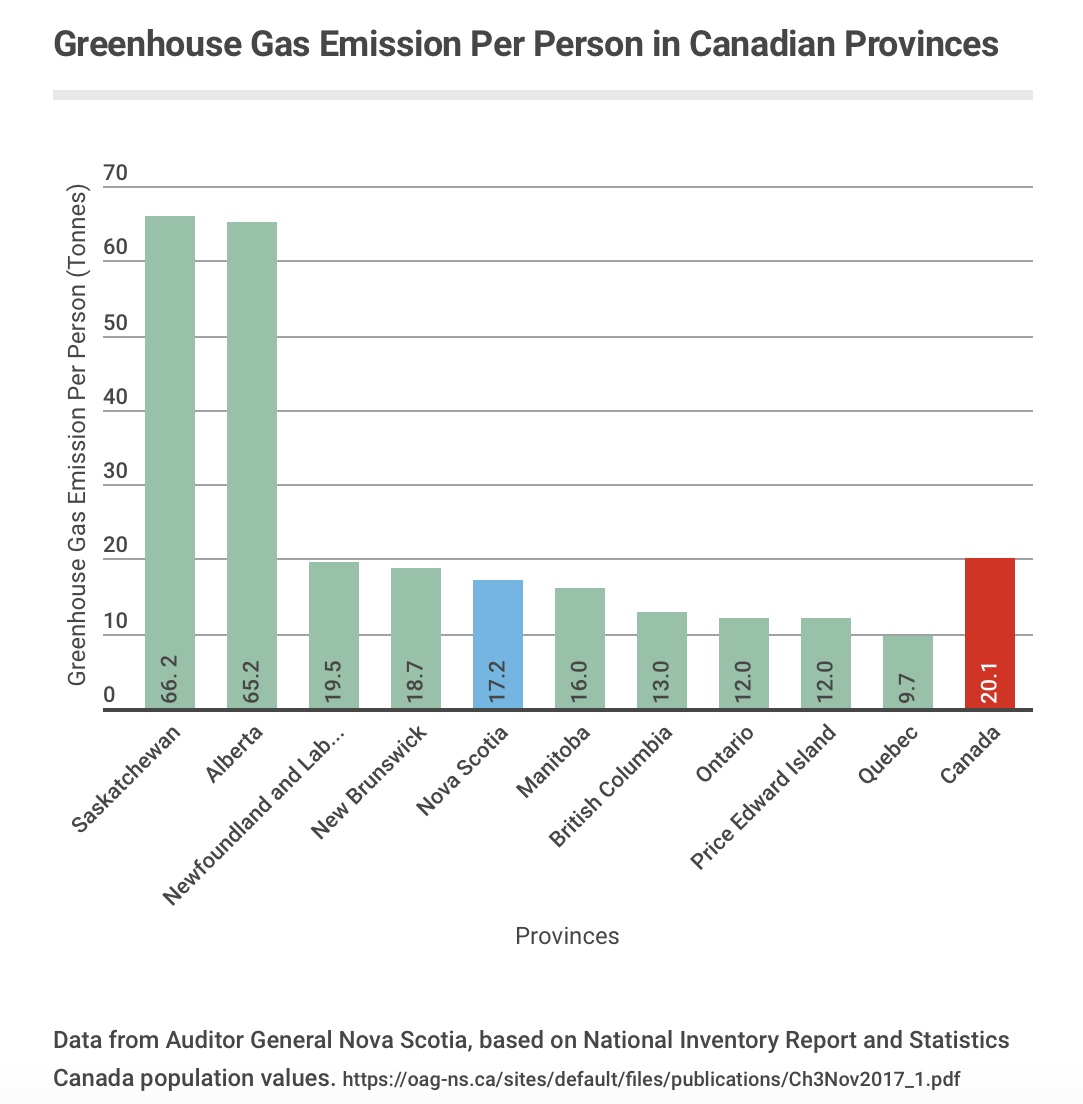Environment
Auditor general asks MLAs to hold Nova Scotia Environment accountable
Department ‘needs attention,’ says Auditor General Michael Pickup

caption
Nova Scotia Environment department agreed to implement recommendations from auditor general report
caption
Nova Scotia Environment agreed to recommendations from the auditor general report.Auditor General Michael Pickup says he would like to see the work his office has done used as a tool to hold the government, specifically Nova Scotia Environment, accountable.
Pickup took questions from the public accounts committee on his office’s report on the environment on Wednesday.
“I hope (the report) will allow Nova Scotians, all of the members of the house and this committee to get a sense of what is happening or not happening at the department of environment,” said Pickup at the meeting at Province House.
“The results of these audits show that the department of environment needs the attention of public accounts committee, as it holds the government accountable.”
The report, released on Nov. 1, outlines the areas where the environment department could stand to improve, as well as where they have exceeded requirements.
“If I was in Grade 3 and got a report card I don’t know if this would be a pass or a fail,” said John Lohr, Progressive Conservative MLA. “It certainly is a very concerning report to us.”
The department has agreed to implement all of the recommendations. However, in the last 10 years, only 20 of 43 recommendations given to the department have been carried out, said Pickup.
“Fifty per cent is significantly lower than the rest of government in implementing recommendations,” he said. “What is the point … if the most important thing doesn’t happen, and that’s implementation.”
Pickup said the department is looking for an 80 per cent completion of recommendations in followup audits, which happens two years after the initial audit.
Many of the recommendations mentioned in the report related to the department’s monitoring of projects, specifically terms and conditions. The report noted that many of the terms and conditions placed by the department were not being monitored to make sure they were being done.
Dave Wilson, NDP house leader, asked Pickup if there was a need for alternative monitoring, citing concern that many of the terms and conditions in Nova Scotia Environment aren’t being monitored or tracked. “Who’s monitoring the government?” asked Wilson.
In response, Pickup said the committee should ensure they are holding the government accountable by calling the deputy minister of environment to the committee to answer questions about the department.
The report also provided information on the cost and liability of cleaning up contaminated sites like Boat Harbour in Pictou. The future cleanup of this site accounts for almost 60 per cent of the liability in Nova Scotia. Over the last year the estimate for the cleanup has increased drastically. A year ago it was priced at $88 million and has now jumped to $133 million.
The increase in price associated with Boat Harbour caused concern for Lohr.
“The incredibly escalating numbers for Boat Harbour, (it’s) kind of alarming to see that rise,” he said. “Do you see that number increasing?”
Pickup said the increase happened because the province better understands the financial cost to dispose of the contamination, as well as the impact it has on the shoreline and wetlands.
Pickup said “as things become known that number will likely change to something greater than $130 million.”
Despite a number of negatives in the report, there was one positive. The province has been able to reduce greenhouse gas emissions by 18 per cent since 1990. This means they have already exceeded the reduction that is required by 2020.
Hugh MacKay, a Liberal MLA, asked Pickup if Nova Scotia was a leader in addressing climate change, in respect to exceeding the set requirements.
Pickup said that while Nova Scotia more than met its greenhouse gas emission target for 2020, the province is somewhere in the middle of greenhouse gas emissions in tonnes per person.

caption
Nova Scotia has fifth highest rate of greenhouse gas emissions per person.Although the province has exceeded its reduction target, there are still problems with climate change management, according to the report. A review of risks associated with climate change hasn’t been done for over a decade.
Pickup said the environment department has agreed to the recommendation of regularly assessing risks by 2019.
“Whether you believe 2019 is acceptable or not would be a discussion between the committee and the department,” he said.

